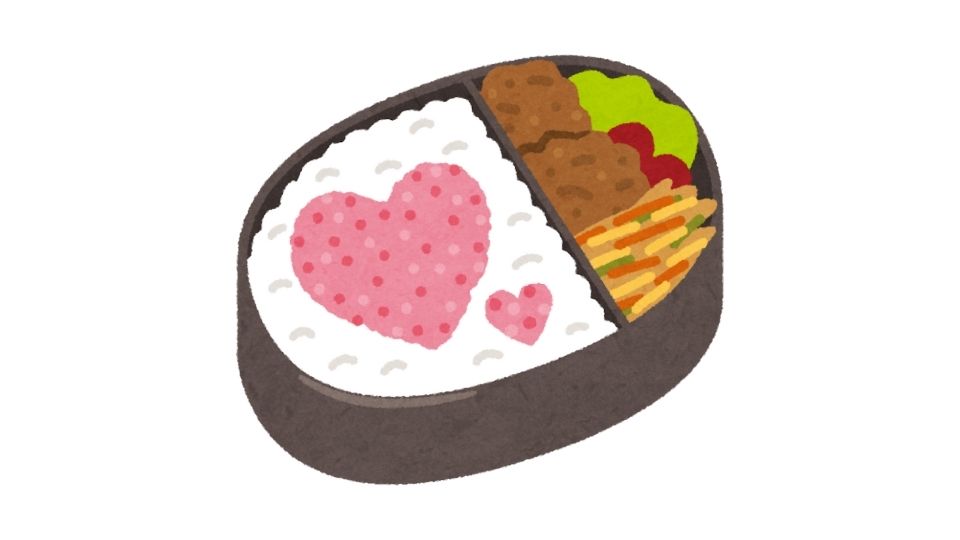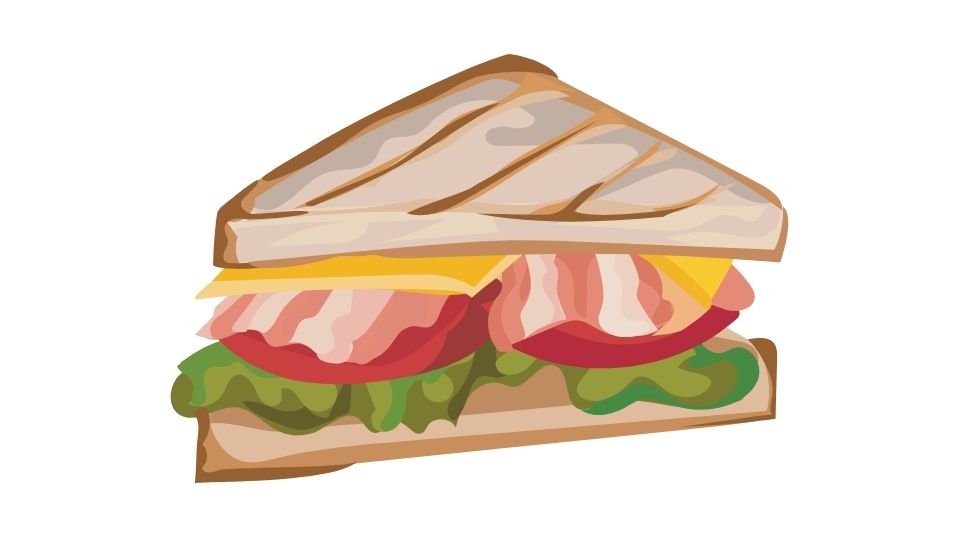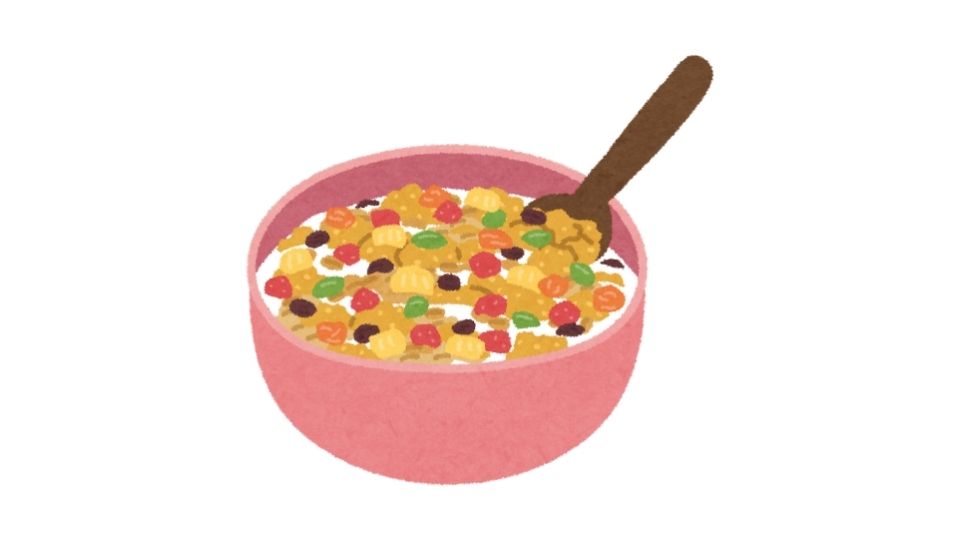Ever catch yourself mindlessly scrolling through Instagram while eating lunch, only to realize you don’t even remember tasting your food?
You’re not alone. In our distracted world, we’ve forgotten how to actually experience our meals.
But there’s a solution that combines ancient wisdom with modern tech: mindful eating supported by meal tracking.
This combo isn’t just about counting calories – it’s about transforming your entire relationship with food. Let’s dive in!

Mindful Eating: What It Is and Why It Matters
Mindful eating is basically meditation, but with food.
It’s about being fully present during meals – noticing flavors, textures, and how your body responds to food. No phones, no TV, no distractions.
When you eat mindfully, you:
- Focus completely on your meal
- Eat slowly and chew thoroughly
- Notice hunger and fullness cues
- Question why you’re eating (actual hunger vs. boredom/stress)
- Appreciate where your food came from
Think about it: when was the last time you actually tasted your lunch instead of just inhaling it between Zoom calls?
The Benefits Are Kinda Mind-Blowing

The research on mindful eating shows some pretty impressive benefits:
Better hunger awareness: You’ll recognize when you’re truly hungry versus when you’re eating from boredom or stress. A Harvard Health study found this awareness is key to preventing overeating.
Improved digestion: Chewing thoroughly starts the digestive process properly. People who eat mindfully report fewer digestive issues and even reduced IBS symptoms.
Food actually tastes better: When you pay attention, you notice flavors you’ve been missing all along. It’s like upgrading from standard to HD.
Healthier food choices: Mindful eaters naturally gravitate toward more nutritious options. It’s harder to mindfully eat a bag of Doritos than to mindfully enjoy a fresh peach.
Weight management: While not guaranteed, many people find their weight naturally balances when they eat mindfully and stop when satisfied.
Mental health boost: Less stress eating, more joy from meals – your brain will thank you. Research from UC San Francisco showed mindfulness techniques can significantly reduce stress-related eating.
How to Actually Eat Mindfully (Without Moving to a Monastery)
Let’s get practical. Here’s how to bring mindfulness to your next meal:
Ditch the distractions
Put your phone away, turn off Netflix, and just focus on your food.Slow the heck down
Take smaller bites and chew thoroughly – like 20-30 chews per bite. I know it sounds excessive, but try it once!Use all your senses
Notice colors, smells, textures, and sounds of your food before diving in.Check in with your hunger
Before eating, rate your hunger on a scale of 1-10. Do the same halfway through your meal.Stop at 80% full
The Japanese call this “hara hachi bu” – it takes practice but prevents that overstuffed feeling.Express gratitude
Take a moment to appreciate everyone involved in bringing this food to your table – from farmers to truck drivers to grocery workers.
Start with just one mindful meal per day. Even that can make a huge difference.
Supercharging Mindfulness With Meal Tracking

Here’s where modern tech meets ancient wisdom.
A meal tracker can take your mindful eating practice to the next level by:
- Creating a concrete record of what you eat
- Identifying emotional eating triggers
- Showing patterns you might not notice otherwise
- Providing objective data to complement your subjective experience
But traditional calorie-counting apps can sometimes pull you OUT of mindfulness with their fiddly interfaces and obsessive focus on numbers.
That’s where services like MealByMeal.com come in. They’ve created a super low-effort tracking system where you just text your meals and they handle the rest. This keeps you focused on the eating experience, not on logging every gram of protein.
Making Tracking Work With Mindfulness (Not Against It)
The key is using tracking as a tool for awareness, not as another source of food stress:
- Record meals right after eating while your experience is fresh
- Note your hunger level before and after meals
- Track how foods make you feel beyond just calories (energy, mood, digestion)
- Look for patterns over time, not day-to-day fluctuations
For example, you might notice you always reach for chips around 3pm when work stress peaks. That awareness alone can help you make more conscious choices.
Common Challenges (And How to Overcome Them)

Let’s be real – this stuff isn’t always easy.
Challenge #1: “I don’t have time for this!”
Solution: Start with just one mindful meal per week, then build up. Even research from Harvard Medical School confirms that small consistent changes are more effective than dramatic overhauls.
Challenge #2: “I forget to be mindful when I’m hungry.”
Solution: Set a reminder on your phone or place a mindfulness cue (like a special placemat) at your table.
Challenge #3: “Tracking feels obsessive.”
Solution: Use a simplified system like MealByMeal that removes the friction, or track only certain aspects like hunger levels rather than every nutrient.
Challenge #4: “I feel guilty when I see my food choices.”
Solution: Approach tracking with curiosity, not judgment. It’s data, not a moral scorecard.
Putting It All Together

Mindful eating + smart tracking creates a powerful feedback loop:
- Mindfulness helps you tune into your body’s signals
- Tracking provides objective patterns you might miss
- Combined insights lead to sustainable behavior changes
- Improved relationship with food emerges naturally
The best part? Unlike restrictive diets, this approach works with your body instead of fighting against it. It’s sustainable because it’s about awareness, not deprivation.
According to Johns Hopkins Medicine, mindful eating practices can transform not just what you eat, but how you experience food altogether.
So next time you sit down for a meal, put your phone away, take a deep breath, and actually taste your food. Your body, mind, and taste buds will thank you.
And if you want to supercharge your awareness, consider adding a simple tracking system like MealByMeal to support your mindful eating journey.
Your next meal is an opportunity to practice. Why not start now?




Leave a Reply